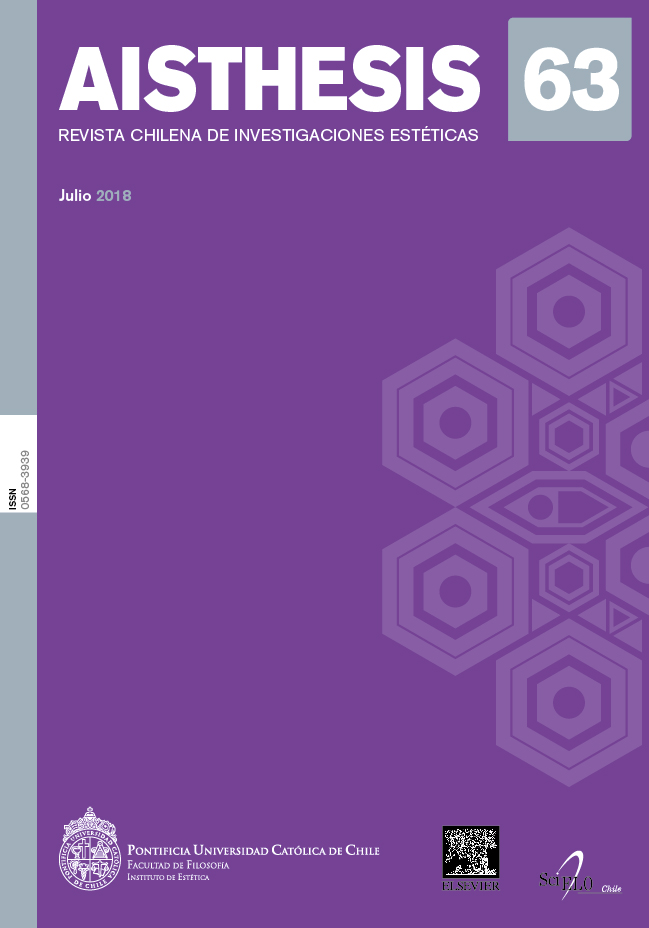A Reverberant Field: Hélio Oiticica, Lygia Pape and Edgardo Vigo
Main Article Content
Abstract
Between the 1960s and 1970s, Hélio Oiticica, Lygia Pape and Edgardo Antonio Vigo shared the idea that the audience should stop behaving as a passive spectator to become an active participant in the artistic process. In this case study, we will study how, with this aim in mind, these artists put into practice a series of participatory proposals −most of them in public spaces− which sought to establish a bond with the community. Therefore, these three artist’s artistic proposals involved bodily action, dancing, and intellectual and sensitive stimulus and exploration. Within the framework of both Brazilian and Argentinean dictatorships, as well as of the emergence of revolutionary actions and movements, they fostered an art democratizing ideal in their own way.
Downloads
Article Details

This work is licensed under a Creative Commons Attribution-NonCommercial-ShareAlike 4.0 International License.
All contents of this electronic edition are distributed under the Creative Commons license of "Attribución-shareAlike 4.0 Internacional" (CC-BY-SA). Any total or partial reproduction of the material must mention its origin.
The rights of academic works published in this publication belong to their authors., who grant to AISTHESIS: Revista Chilena de Investigaciones Estéticas the license for its use. The management of the permits and the authorization of the publication of the images (or of any material) that contains copyright and its consequent rights of reproduction in this publication is the sole responsibility of the authors of the articles
